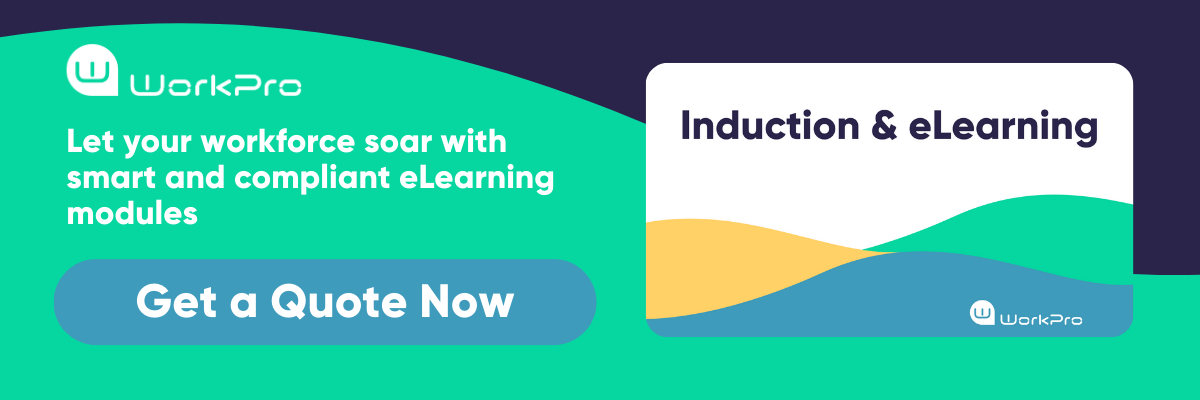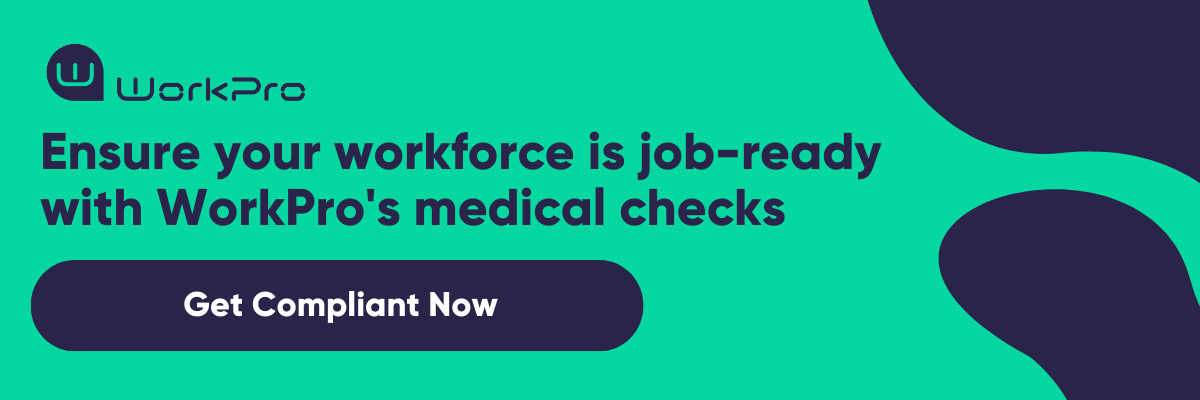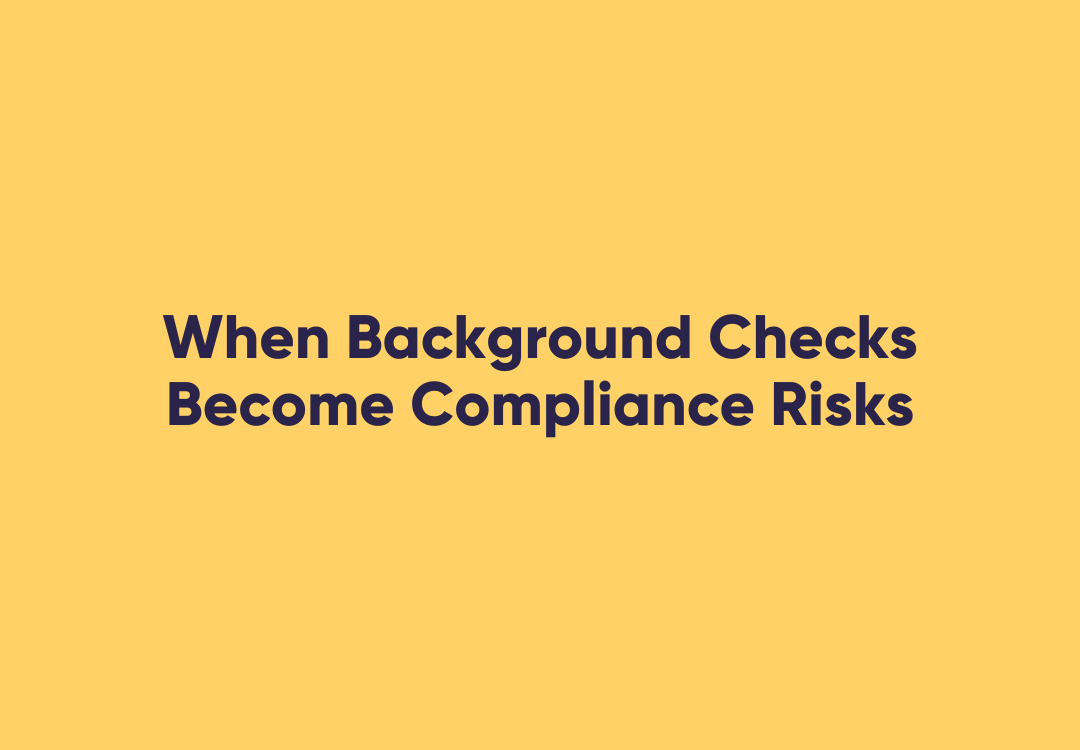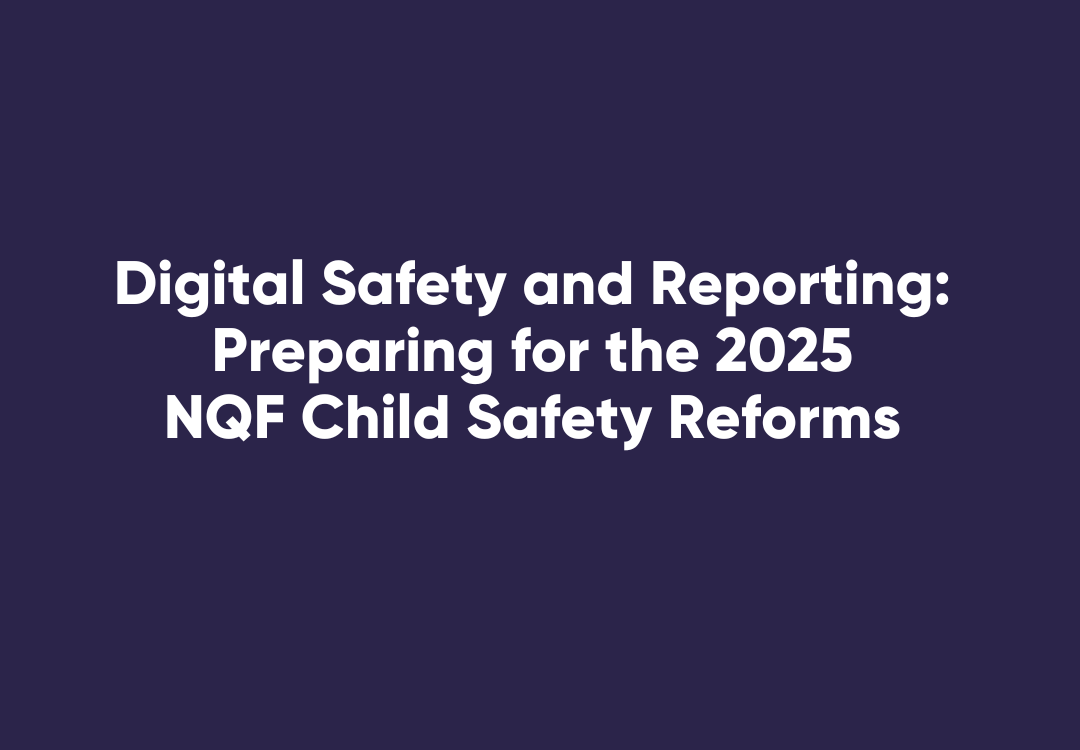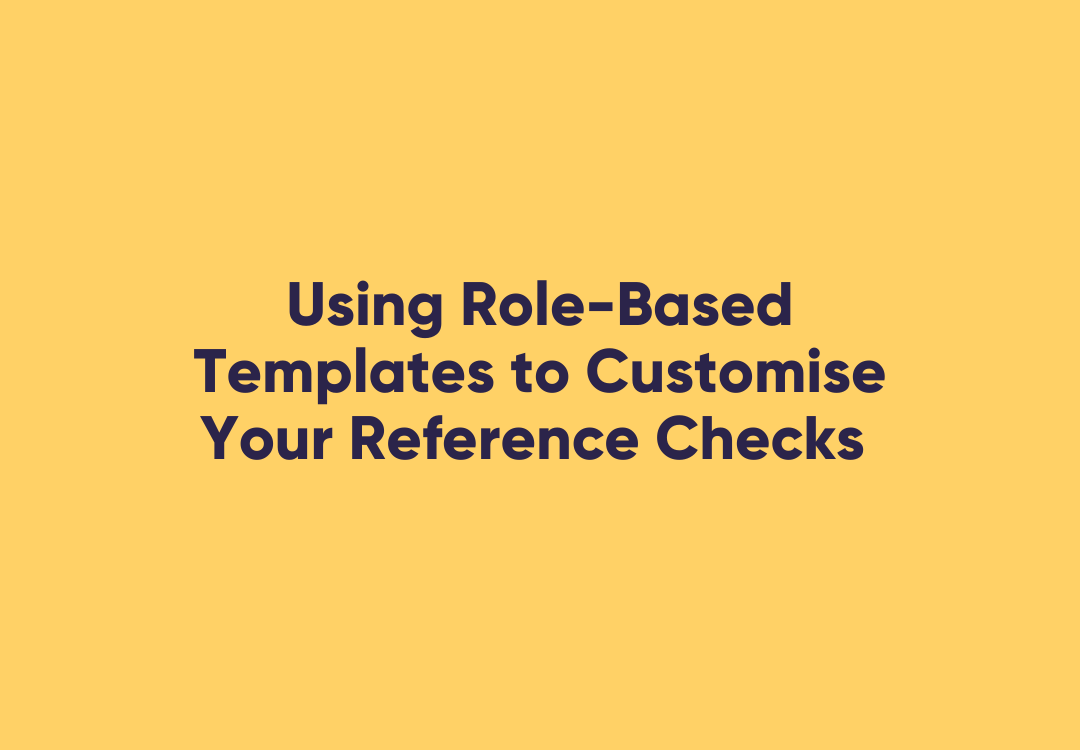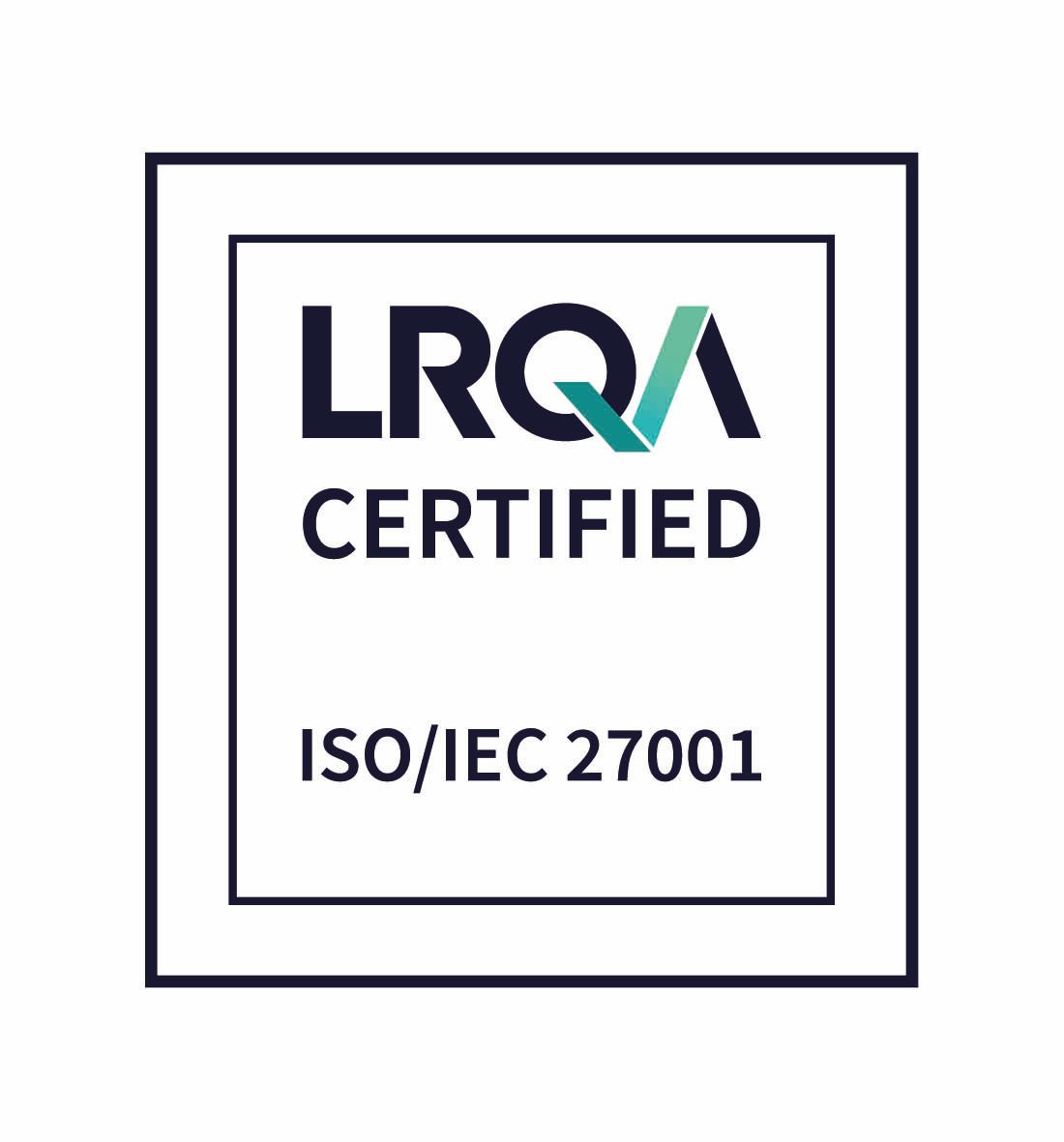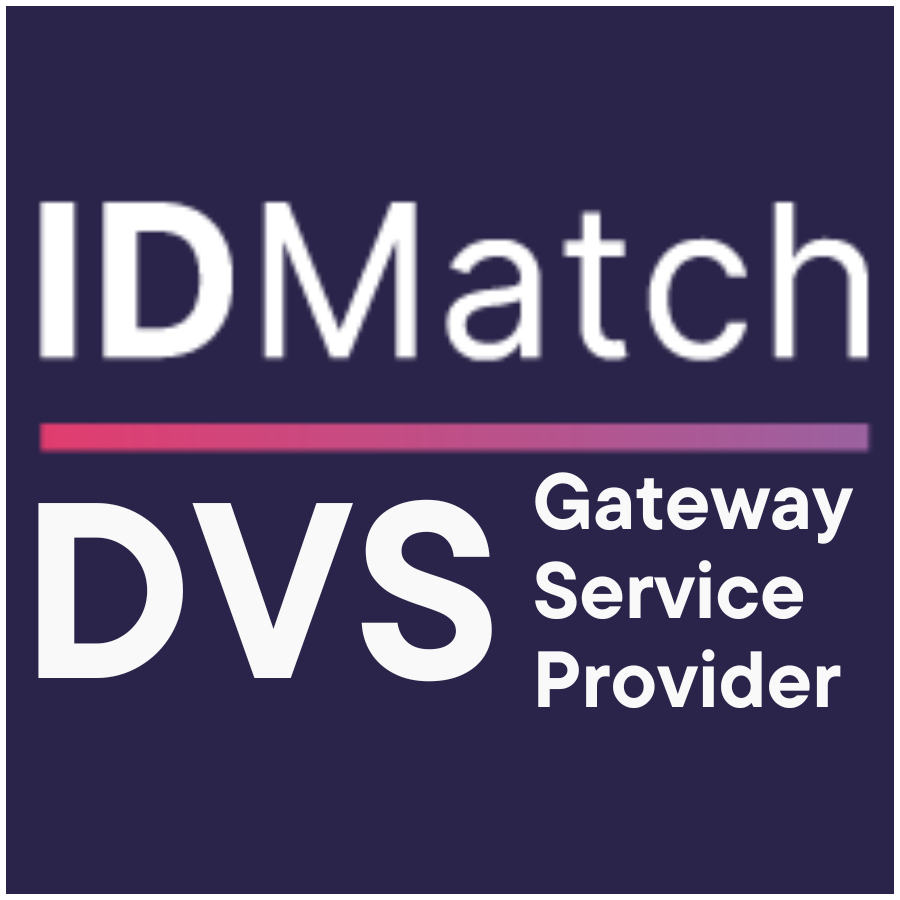Four Ways You Can Manage Your Workers' Mental Health Post COVID-19
As leaders focus on planning the safety aspects of returning workers to the workplace, it is important to recognise that many staff may be experiencing heightened levels of stress and anxiety as they transition back into the workplace.
Data available from the Blackdog Institute suggests that 45% of Australians between the ages of 16-85 are likely to experience a mental health condition in their lifetime, so implementing a program to help identify and effectively manage conditions or concerns early – particularly in light of the current events – may reduce absenteeism, illness and staff churn, and support strong productivity and performance.
Provide accessible counselling sessions to employees
Many organisations that recognise the positive outcomes of a mentally healthy workforce have implemented proactive work-based intervention programs or employee assistance programs (EAP).
A great example of an innovative EAP is Connect Psych Services’ e-counselling service, an important step forward in providing services to a disbursed workforce whilst maintaining the integrity of the initiative.
Dr Natalie Flatt, the Founder of the program, notes a “94% preference rate by those who are uncomfortable talking face to face, who are time poor or who do not have accessibility to counselling”.
Further, Dr Flatt has reported a significant increase in the demand for e-counselling services, not just relevant for the current health situation, but as more people get comfortable using online channels in a familiar place, rather than a clinical environment.
If you are interested in exploring a workplace counselling service, consider the following questions as part of your analysis:
- What types of sessions are available – online, one on one, and what times are available?
- Is there training available to internal management to identify changes in behaviour and provide basic intervention support?
- Does the service offer critical incident response?
- Cultural Fit – does the practitioner’s approach mirror your organisation’s value profile?
- Demonstrated experience – does the practitioner have the right skillset to effectively provide the required services?
- Integrity – naturally the patient/practitioner confidentially is critical to encourage workers to access the service
Safe Work Australia has published a guide on psychological health and safety in the workplace that you may find useful.
Facilitate open lines of communication between employers and employees
Creating a transparent, supportive culture can assist people with being honest about their mental health.
A 2015 study conducted in the UK and US found that only 10% of employees were aware of company progress in real time, with 80% of employees wishing their bosses communicated more frequently about how their company was doing.
Sharing regular business updates can also encourage staff buy-in, and help them feel connected and engaged.
Ways to improve communication between managers and employees include:
- Regular meetings where teams can discuss what they’re working on, challenges they may be facing, and any questions they may have
- 1:1 meetings for more direct and personal communication
- Encourage conversations between employees and managers that do not revolve around work
- Surveying employees to confirm their communication preference
For further advice to improve communication in the workplace, Employment Hero has published a series of tips.
Assess your current workplace layout
While open-plan offices continue to be popular, it is important to understand both the benefits and drawbacks. An open-plan encourages collaboration, but it can also create noise and distraction for employees that may not work as well in such a workplace. It’s important to not choose a ‘one size fits all’ approach when designing your office space, but rather, communicate with each employee to see what would suit them best.
Things to keep in mind when designing your office space include:
- Maximising the amount of natural sunlight for your employees
- Ensuring the air quality is as good as possible
- Position workstations away from busy work areas to reduce distraction and noise
- Allow for natural interactions between employees in shared spaces
If you are looking for more tips and tricks on how to improve your office’s layout, and to understand the impact that it can have on your employees’ mental health and wellbeing, The Business Journals have provided some advice here.
Actively encourage building a workplace culture
A good workplace culture is a good way to attract and retain the best talent for your business. A positive workplace culture can encourage collaboration, and increase morale and productivity. After all, it’s estimated that workplace stress costs the Australian economy close to $15 billion each year.
Before beginning to build a workplace culture, consider and document what you want it to look like. Why does your business do what it does? What values does it hold? Speaking to LinkedIn, Buildium CEO Michael Monteiro says that businesses should “focus on your culture as early as you can. The perks — free beer, free snacks, ping pong tables — will carry you by for a while, but ultimately, people want to know where you are going, and why they’re doing the work they’re doing. Without a defined culture, employees get disenchanted; they move on. And without those guardrails, it makes it hard to make decisions as an owner.”
Once these values and ideas have been finalised, it is important to continue to reinforce them. Activities like team bonding exercises, implementing peer-nominated awards and ways to provide feedback without fear of consequence will mean that both employees and management feel they are actively contributing to the business’ success through the culture of the workplace, and it will be a better place for all involved.
As business commences their planning for transitioning staff back to the office, WorkPro has collaborated with a number of subject of experts to develop a range of resources that will assist you to ensure that you have your compliance in order including checklists, an eBook, learning modules for candidates, a Guidance Note for managers and a self-evaluation checklist, available here.


